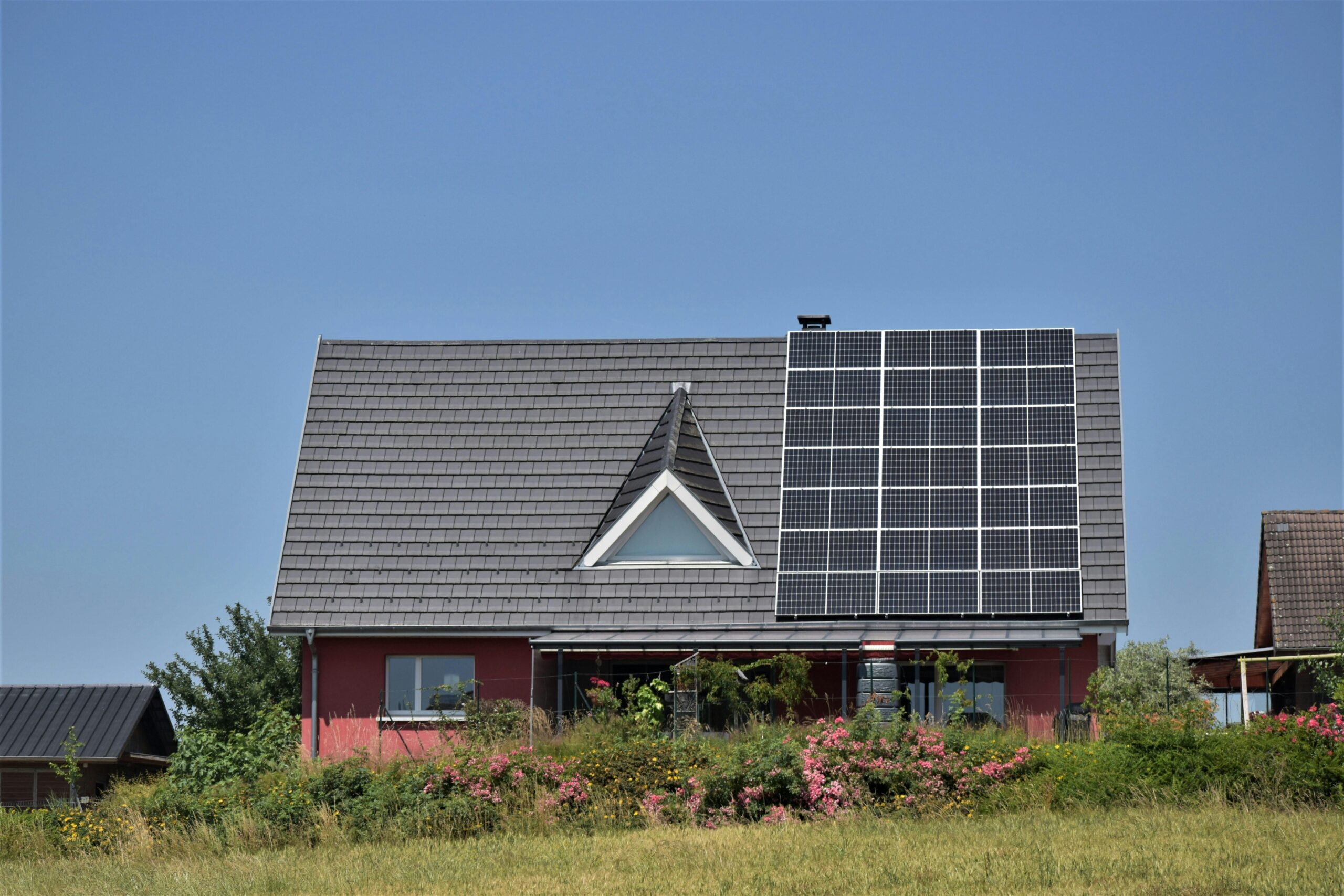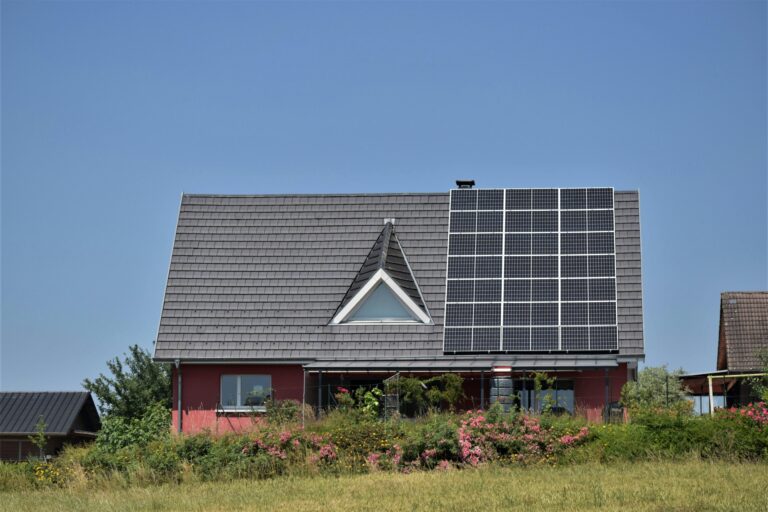
The real estate landscape is evolving, and net-zero homes are emerging as a major player in the market. These energy-efficient, sustainable homes offer a unique opportunity for first-time homebuyers and seasoned investors alike. But what exactly are net-zero homes, and why are they gaining traction in the United States?
What Are Net-Zero Homes?
Net-zero homes are designed to produce as much energy as they consume, typically through a combination of energy-efficient construction and renewable energy sources like solar panels. The goal is to achieve a carbon-neutral footprint, significantly reducing energy costs and environmental impact.
These homes prioritize features such as:
- Superior insulation and airtight building envelopes.
- Energy-efficient appliances and lighting.
- Renewable energy systems, most commonly solar power.
- Smart home technology to optimize energy usage.
For many, net-zero homes represent the intersection of cutting-edge technology, environmental responsibility, and financial prudence.
Why Are Net-Zero Homes Gaining Popularity?
The rising interest in net-zero homes can be attributed to a combination of economic, environmental, and legislative factors:
- Energy Savings: With utility costs continually rising, the promise of dramatically lower energy bills is attractive. Homeowners can save thousands of dollars over the lifespan of a net-zero home.
- Environmental Concerns: More Americans are prioritizing sustainable living. A net-zero home aligns with efforts to reduce one’s carbon footprint.
- Government Incentives: Federal and state programs offer tax credits and rebates for energy-efficient homes, making them more accessible.
- Resale Value: Studies indicate that energy-efficient homes often sell for higher prices, appealing to real estate investors looking for profitable opportunities.
Benefits for First-Time Homebuyers
For first-time homebuyers, net-zero homes provide a unique set of advantages.
- Affordability Over Time: While the upfront costs may be slightly higher than traditional homes, the long-term savings on utilities can offset the initial investment. Many buyers see this as a smart financial decision.
- Healthier Living Environments: Net-zero homes often include improved ventilation systems that reduce allergens and pollutants, creating a healthier indoor environment.
- Future-Proofing: With growing interest in sustainability, owning a net-zero home may make it easier to resell or refinance in the future.
Opportunities for Real Estate Investors
Seasoned investors are also taking note of the net-zero trend. These homes are not just sustainable but represent an investment opportunity with strong growth potential.
- High Rental Demand: Energy-efficient homes attract environmentally conscious tenants willing to pay a premium for sustainable living.
- Long-Term Value: As more buyers prioritize sustainability, net-zero homes are likely to maintain or increase in value.
- Tax Benefits: Investors can take advantage of tax credits and incentives, further enhancing the profitability of these properties.
Challenges to Consider
While net-zero homes offer numerous benefits, they’re not without challenges.
- Higher Upfront Costs: Building or purchasing a net-zero home can be more expensive initially, though costs are declining as technology advances.
- Location Limitations: Some areas may lack adequate sunlight or infrastructure to support renewable energy systems.
- Knowledge Gap: Many buyers and even some real estate professionals are still unfamiliar with the concept, requiring education and awareness.
The Role of Legislation and Policy
Federal and state governments play a crucial role in promoting net-zero homes. Policies like the Inflation Reduction Act of 2022 include provisions for clean energy and energy-efficient housing, providing incentives for developers and homeowners.
Local governments are also stepping up, with cities like Denver, San Jose, and Austin introducing mandates or incentives for sustainable building practices. This growing regulatory support is expected to drive demand for net-zero homes across the country.
Key Markets for Net-Zero Homes in the U.S.
While net-zero homes are gaining traction nationwide, some markets are leading the charge:
- California: With its ambitious clean energy goals, California is a hub for net-zero construction. The state’s building codes now require solar panels on new homes.
- Colorado: Known for its environmentally conscious population, Colorado has seen a surge in net-zero developments.
- Texas: Despite its traditional energy ties, Texas is becoming a hotspot for renewable energy, making it an emerging market for net-zero homes.
- Pacific Northwest: States like Oregon and Washington are promoting sustainable living through progressive building codes and incentives.
Innovations Driving the Net-Zero Movement
Advances in technology are making net-zero homes more accessible and efficient:
- Energy Storage Systems: Modern batteries like Tesla’s Powerwall allow homeowners to store excess energy for later use.
- Smart Home Integration: Devices that monitor and optimize energy use make it easier to achieve and maintain net-zero status.
- Eco-Friendly Materials: Builders are incorporating sustainable materials, such as recycled wood and non-toxic insulation, to enhance the environmental benefits of these homes.
How to Navigate the Net-Zero Market
Whether you’re a first-time buyer or an experienced investor, understanding the market is essential.
- Do Your Research: Familiarize yourself with local incentives, builders specializing in net-zero homes, and market trends in your area.
- Work with Experts: Partner with real estate agents, builders, and lenders who understand net-zero properties.
- Evaluate the Numbers: Consider both the upfront and long-term costs. For investors, calculate potential rental income and tax benefits.
- Think Long-Term: Whether you’re buying to live in or rent out, a net-zero home is a forward-looking investment.
The Future of Real Estate?
The rise of net-zero homes signals a shift in the real estate industry. As sustainability becomes a priority for more Americans, the demand for energy-efficient homes is expected to grow. For first-time buyers, these homes offer an affordable, future-proof option. For investors, they represent a lucrative and socially responsible opportunity.
While challenges remain, innovations in technology, combined with supportive policies and incentives, are making net-zero homes an increasingly viable option. For those looking to buy, sell, or invest in real estate, now is the time to explore the possibilities of net-zero living.
Net-zero homes are more than a trend; they’re a glimpse into the future of real estate. The question isn’t whether they will shape the market—it’s how quickly they’ll become the standard. For both buyers and investors, the opportunities are too compelling to ignore.





